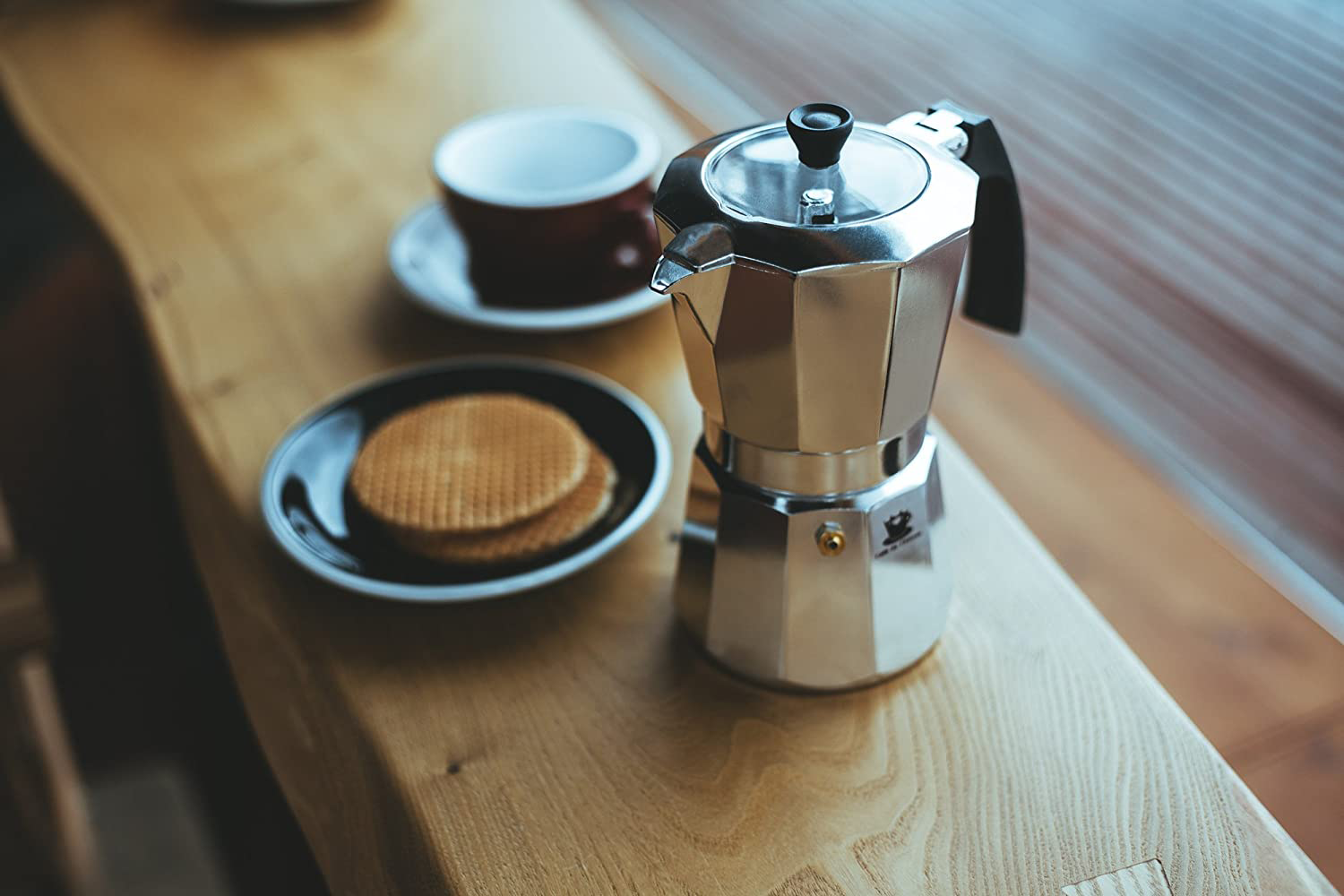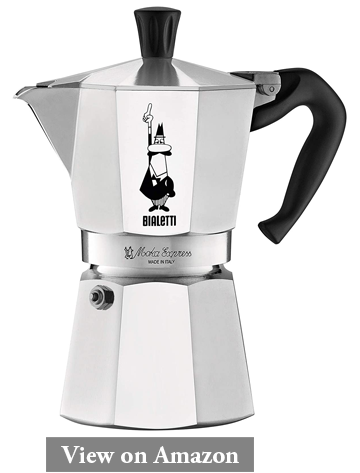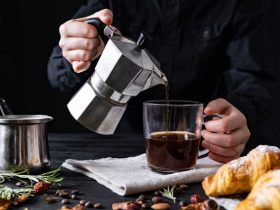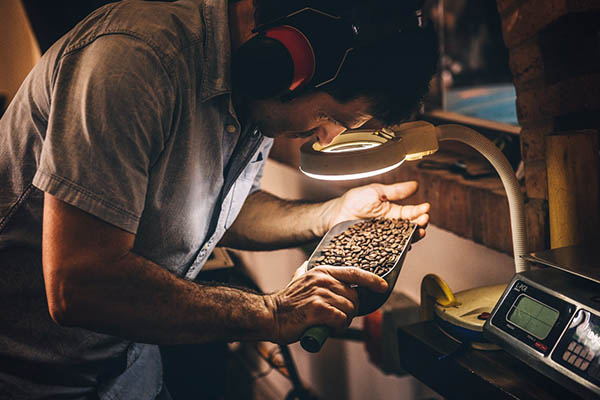The term percolation means moving and filtering simultaneously fluid through filter or substances.
The coffee percolator works on the same basis. There are different types of coffee percolators but all of them do one common thing – extracts coffee from ground beans by moving water between them.
A percolator’s structure is almost the same as well. A metal pot usually made of aluminum, a metal basket for holding the raw material, pump stem – a long tube that stays in the middle supporting the whole structure.
Over the years there have been many types of percolators and the structures have changed with the passage of time and needs of people. Before proceeding to different types of coffee percolators you can take a short look at the advantages.
Different Types of Coffee Percolators
Work-wise there are two types of percolators – Electric and stovetop.
Electric Percolators:
Electric percolators most widely known as coffee machines are durable, runs on electricity can produce phenomenal cups of coffee. The boiler stays within the machine along with other necessary contraptions such as motors, heating elements, and electronics to further improve the cup of joe.
As it’s a heating element so beware of the safety precautions.
Stovetop Percolator:
Works by passing hot water or water vapors through the ground coffee and extracting the essence. This results in a thick espresso in the chamber. The coffee made with this is a little bitter and strong but the aroma alone makes up for it.
Again from a brewing standpoint, there are a few variations of percolators –
Siphon Brewer:
The first development in percolation in coffee making. It is a combination of percolation and infusion. The steam forces hot water up the stem of the coffee ground container and mixes with the ground coffee. Water vapor rises from the pressure chamber to the brewing chamber and then cooled down.
Filter Drip Brewing:
Yet another variation of percolation. But here water does not have to be boiled to reach the brew chamber. A filter prevents the passage of the grounds into the filtrate and dear gravity does the rest.
Moka Brewing:
Was created in 1933 by Bialetti company. Moka pot is a bold concentrated cup similar in strength compared to a stovetop espresso maker. There exists a coffee ground bed between the pressure chamber and receptacles, the heated water vapor comes in from the bottom of the brewer takes the coffee instance with it and rise up with bitter muddy coffee.
So want to know in which way Starbucks brew their perfect cup of coffee?
Did You Know?
- The world’s most expensive coffee is Kopi Luwak originates from Indonesia. The Asian Palm Civet, a wild rodent eats the coffee as cherry. But the beans are not completely digested rather they are unchanged and come out within the civets’ droppings! The beans are then collected, thoroughly washed and sold. Due to this unorthodox digestion process in the middle, this coffee is sold nearly 75 dollars a pound!!
- Coffee can fuel your day today; You can start your day fully energized with a great cup of coffee but research shows great promise in coffee fueling your car one day. So why wait to get the best coffee percolator in your dining?
- Caffeine addiction is bad but coffee can’t kill isn’t always true. But to kill a man 70 cups of coffee is needed in total for an average 150-pound man. But Farberware FCP412 Coffee Percolator has the capacity to brew 12 cups of coffee at a time. It can prepare a cup of coffee only in one minute. So save your time!
- With all those coffee shops around the USA, you’d think that they would be the largest coffee-drinking nation. But surprisingly enough, even Americans are beaten in drinking coffee. Finland holds most coffee drinking records 12 kg per person per year followed by Norway. Uncle Sam is way down to 25 with 4.2 kg per person per year. Whereas, in production, Brazil holds #1 status.
- Classical music legend Ludwig van Beethoven used to drink from a cup where exactly 60 coffee beans were used!
- Coffee is the second most traded good in the world second to only oil!
- All coffee-producing countries (65 in total) are along the equator line.
Lookout what people frequently asked about the coffee percolators.
Source: MyFriendsCoffee












Leave a Reply